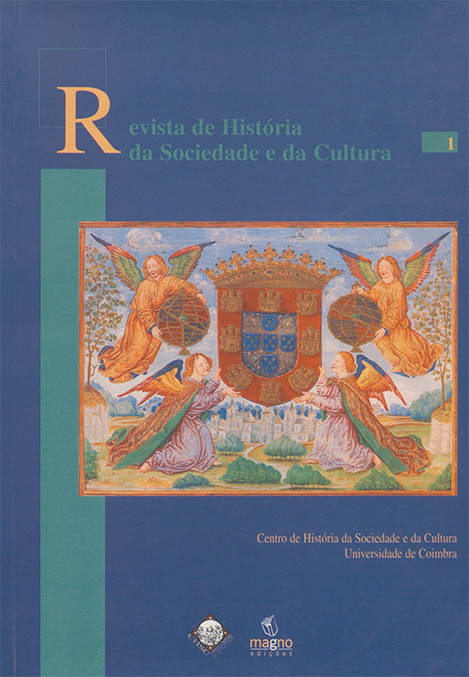Late 17th Century Portuguese Diplomatic Missions to Vienna (Austria)
DOI:
https://doi.org/10.14195/1645-2259_1_1Keywords:
Portugal, Austria, German Empire, Diplomatic relashionships, European Politics in the late 17th centuryAbstract
The strong ties between the two branches of the House of Austria, the Portuguese Restoration of 1640 and its consequences—namely the imprisonment of Prince Duarte and the prolonged Portuguese-Spanish war (1640–1668)—made all relations between Portugal and the German Empire impossible for many years.
In the 1680s and 1690s, the siege of Vienna by the Turks, the great battle that saved the city, and the subsequent long and arduous reconquest sparked renewed interest in Portugal and some forms of support or participation. Yet, the barrier of resentment dividing the two courts was not overcome.
The marriage of King Pedro II to Queen Maria Sophia of Neuburg, sister of Empress Eleanor and therefore sister-in-law to Emperor Leopold I, contributed to reconciliation. Family ties were further strengthened by developments in European politics. Portuguese neutrality in the War of the League of Augsburg paved the way for a mediation initiative, and in 1694, the second Marquis of Arronches was appointed ambassador to Vienna. However, despite being well-received by the imperial court, his mission ended disastrously. Accused of murder, the ambassador abandoned his post and fled to Italy in 1696.
King Pedro II then tasked the Portuguese envoy to Holland, Francisco de Sousa Pacheco, with traveling to Vienna to explain the situation to the Emperor and to reaffirm the King’s desire to maintain "good friendship." The political objective was fully achieved in 1698, and the envoy also took the opportunity to gather information on the young archduchesses, daughters of Leopold I, one of whom, Maria Anna, would later marry King João V.
The episode involving the Marquis of Arronches' embassy did not cause serious harm to the relationship, which held clear benefits for both sides. The European issue of the Spanish succession likely prompted Leopold I, one of the primary claimants to the throne, to cultivate an alliance with Portugal, given its geographical position and, consequently, its strategic importance.
In July 1700, the Empire's first permanent diplomatic agent, Count Waldstein, arrived in Lisbon. He participated in negotiations that led to Portugal joining the Grand Alliance in 1703, which supported Archduke Charles of Austria’s claim to the Spanish throne. Portugal’s involvement in the war certainly facilitated the realization of a long-standing project, dating back to the late 17th century: the marriage of the heir to the Portuguese throne, later King João V, to an archduchess in 1708. Once political and dynastic ties were strengthened, the door to more intensive relations was opened, as evidenced throughout the 18th century.
The appendix provides 20 unpublished documents.
Downloads
Downloads
Published
Issue
Section
License

This work is licensed under a Creative Commons Attribution 4.0 International License.
Authors retain copyright and grant the journal right of first publication with the work simultaneously licensed under a Creative Commons Attribution License that allows sharing the work with recognition of authorship and initial publication in Antropologia Portuguesa journal.











